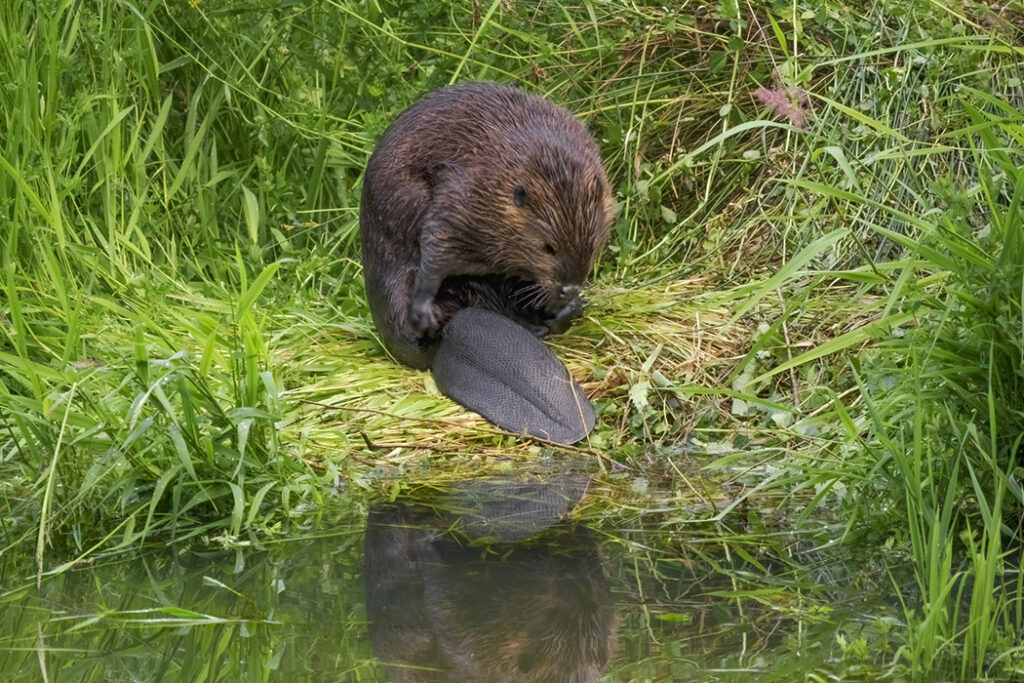Solutions
What are solutions to the problem of state wildlife management? Here is our vision:
- It would be aligned with the Public Trust Doctrine.
- There would be statutory language declaring it to be the policy of the state to protect wildlife within a public trust framework. Here is an example from draft legislation in New Mexico:
“It is the purpose of this act to provide for the conservation and management of the state’s wildlife as a public trust with intrinsic and ecological value, for the equitable benefit, use, and enjoyment of all New Mexicans, including future generations.”
- Individuals would have a right guaranteed in the state’s constitution to bring legal action against authorities to enforce compliance with the public trust doctrine.
- The state’s wildlife agency would have the legal authority to regulate the take of all species and their habitats, including invertebrates.
- Wildlife commissions would be abolished.
- If not abolished, the primary duty of wildlife commissions would be to fulfill their fiduciary duties as trustees, acting as impartial juries in wildlife deliberations for the benefit of all beneficiaries, and not to advocate for any particular interest group or stakeholder.
- However, if commissions remain constituted to provide representation of various interest groups, non-consumptive users would be represented in proportion to their demographic in the general population.
- Being a consumptive user would not be a requirement for serving on a wildlife commission, nor would being a nonconsumptive user be a reason for disqualification.
- Wildlife conservation would be a whole-of-government approach, with serious consideration given to wildlife by all agencies in all of their operations and decision-making.
- The state wildlife agency would take the lead in coordinating conservation efforts with other relevant state agencies, tribes, nongovernmental organizations, businesses and individuals.
- Wildlife agencies and commissions would welcome and invite public involvement in all wildlife matters, and operate with a commitment to transparency and accountability.
- Staff at wildlife agencies would be primarily focused on biodiversity conservation, not management of consumptive uses.
- State funding for wildlife conservation would be broad-based and robust, and not connected to any particular “use” of wildlife, e.g. hunting, fishing or backpacking (which is not really a use of wildlife at all). Missouri provides a good model with a 1/8 percent portion of the general sales tax dedicated to conservation.
- “R3” efforts to increase the number of hunters and anglers would be irrelevant and abandoned because state wildlife agencies would not need to recruit more license buyers to ensure sufficient funding for their core conservation work.
With crisis comes opportunity. Faced with the prospect of losing their traditional revenue sources as well as their relevancy to the general public, state wildlife agencies face a choice. They can embrace a new paradigm, which includes a more comprehensive mission and a broader constituency, or they can double down on the status quo and try to recruit more hunters and anglers.
